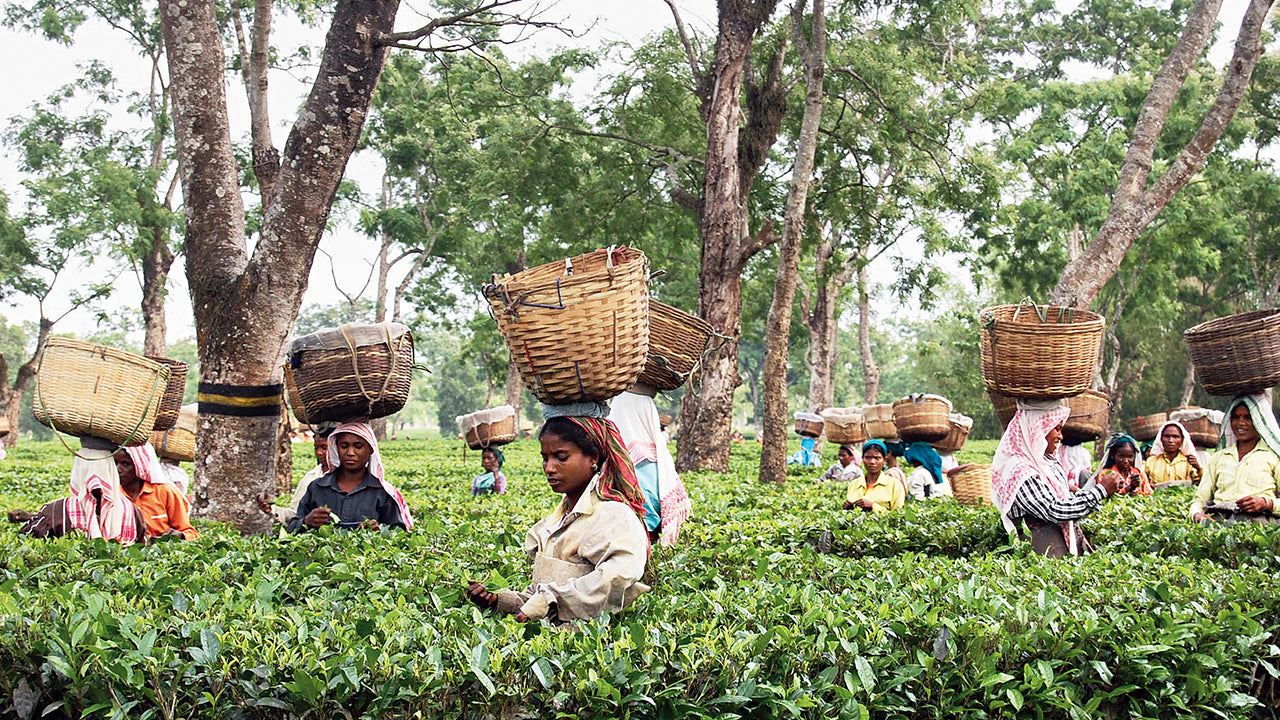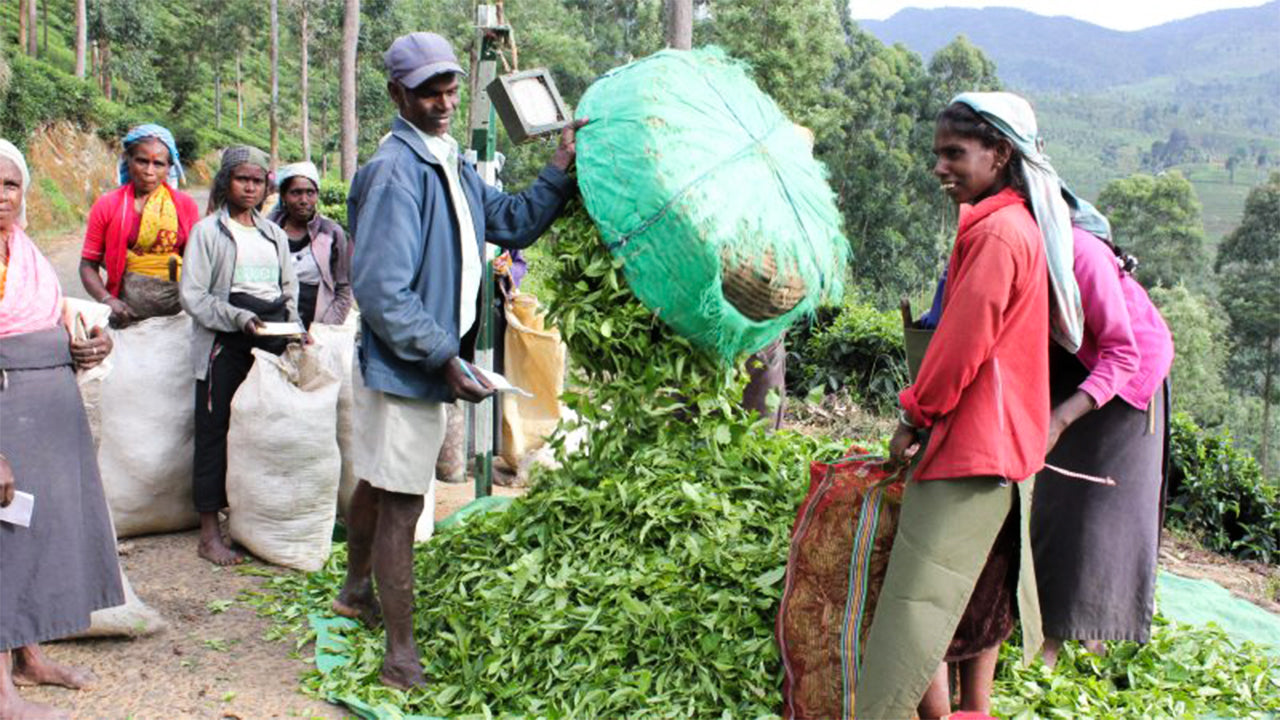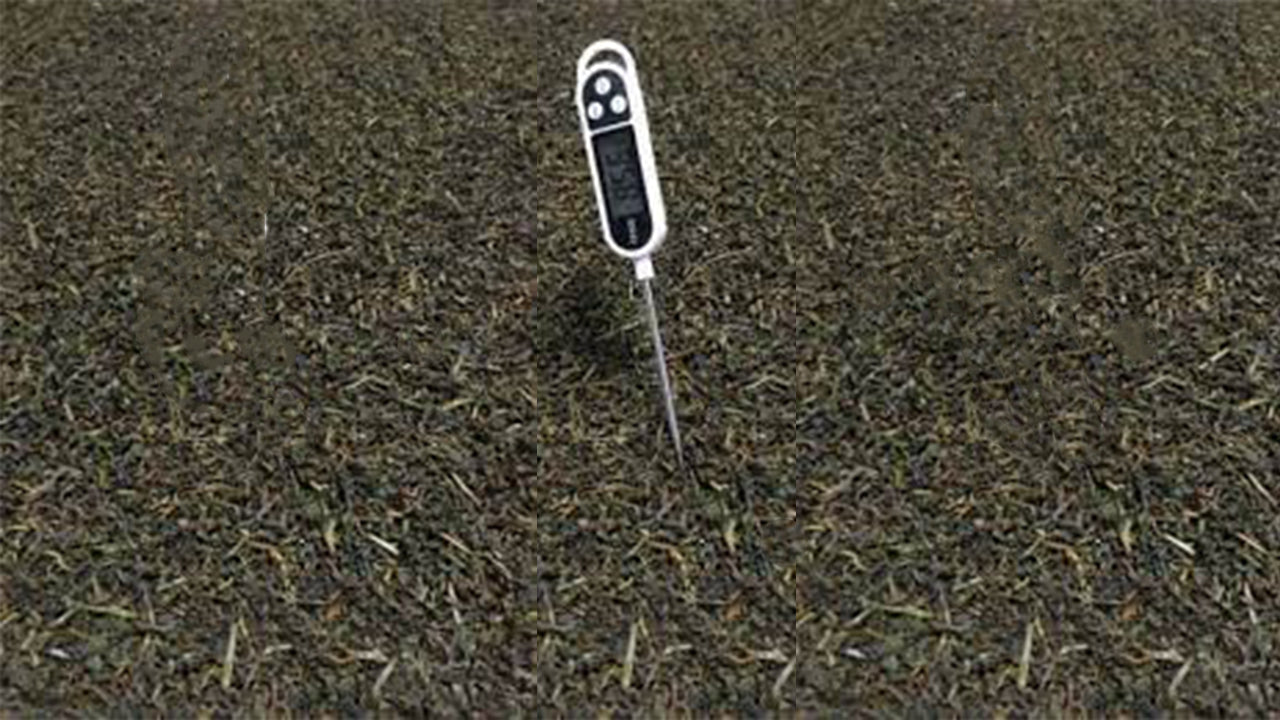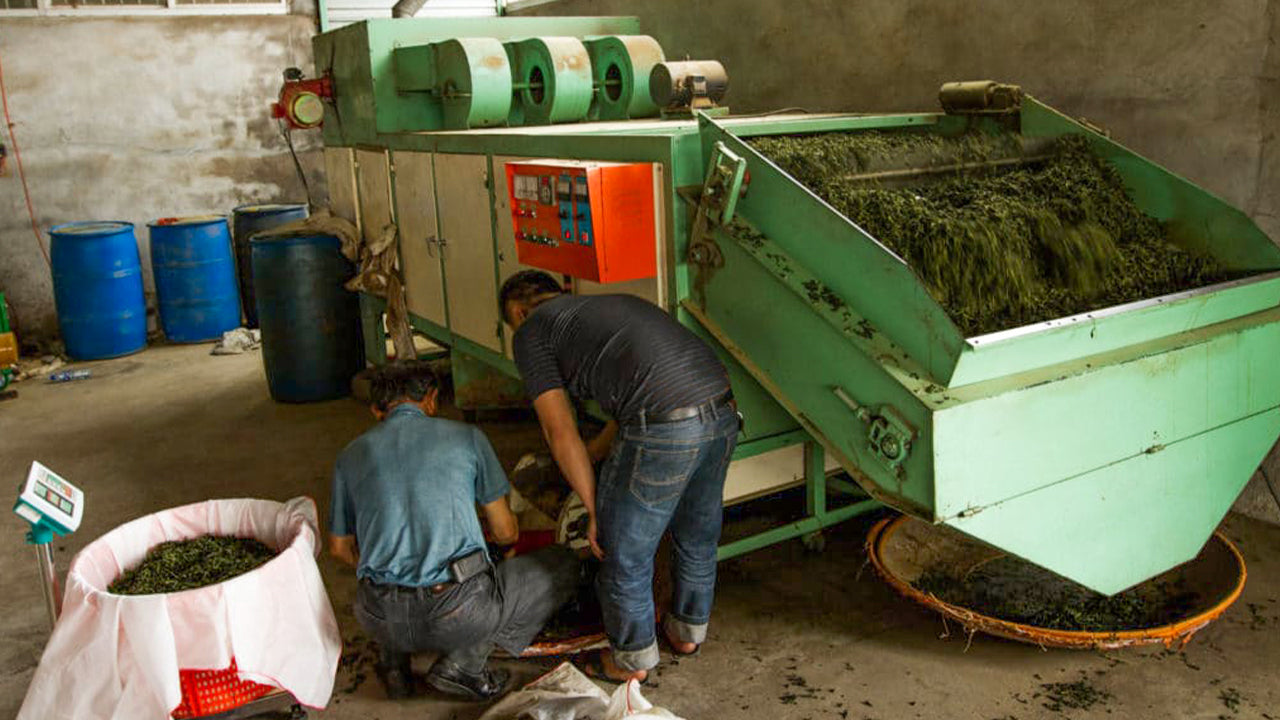
セイロンオーソドックスティー
スリランカで生産される紅茶は、小さな葉から長い葉まであり、淡い銅色の繊細な香りのカップから、力強い個性と深みがありながら明るい色のリキュールを持つものまであります。さまざまなバリエーションがあるにもかかわらず、セイロン茶全体の約 95% は伝統的な正統的な方法で作られています。
オーソドックスな製法により高品質なセイロン紅茶が生まれます。以下は、スリランカ紅茶局紅茶普及課による説明の手順です。
高品質のセイロン茶について詳しくは、スリランカ紅茶局のウェブサイトをご覧ください。また、以下のリンクからセイロン茶と 150 周年記念行事について詳しくご覧ください。以下にリンクされているコンテンツ ディレクトリからも、上記のすべての場所の Web サイトにアクセスできます。
Ceylon Orthodox Tea Manufacturing Process
-

1.Plucking
The process of manufacturing commences when the leaves are picked or ‘plucked’. Plucking calls for discrimination and dexterity and is carried out mainly by women. Only the uppermost foliage on every stem is picked – the famous ‘two leaves and a bud’ – and the stem itself must be left undamaged. A skilled tea-plucker can collect up to 20kg. (44lb.) of leaf daily
-

2.Weighing
On arrival at the factory the raw leaf is weighed. The total weight recorded for the day’s batch provides a benchmark for quality assessment at the end of the process of manufacture. After weighing, the tea is laid out for withering.
-

3.Withering
Raw leaf is ‘fluffed’ and spread out on racks or troughs in a welllit and ventilated space. It will lie here for 18-24 hours, slowly losing moisture and undergoing physical and chemical changes essential to manufacture. Over-withering can have dire results, so the process is carefully monitored. It is complete when about two-thirds of the moisture present in the raw leaf has evaporated.
-

4.Rolling
The withered leaf is now ready for rolling. This is a mechanized process in which the leaf cells are ruptured to release enzymes and bring them into contact with air so that aeration can commence. The bits of broken and rolled leaf are called dhools. The dhools are then broken up and sifted before aeration.
-

5.Aerating
During this critical stage of manufacture, important chemical reactions take place through the action of air on the leaf tissue. The rolled, broken leaf is spread out on tables and exposed for a period that varies between 20 minutes and five hours, depending on a variety of factors, including what kind of final product is desired.The withered tea leaf is a rusty, coppery orange color. Again, timing is critical: under-aerated tea tastes raw and green, over-aerated tea is soft and tasteless. Aeration is also known as 'oxidation' and sometimes known as ‘fermentation’
-

6.Drying
When the right amount of aeration has occurred, the leaf is dried in a drying machine or ‘firing chamber’ at 99-104˚C (210-220˚F) to prevent further chemical changes. This shrinks and darkens the leaf, resulting in the product known as black tea. This completes the actual manufacturing process
-

7.Grading
The size of the leaf particles in your teapot bears no relation to quality per se, but it does affect the color and strength of the brew. Manufactured tea is graded by leaf size using a mechanical sifter. ‘Leaf” grades contain the largest pieces, ‘broken’ grades are successively smaller, while the smallest grades of all are known as ‘dust’. Larger grades tend to command higher auction prices.
-

8.Bulk Packing
To ensure consistency of appearance, flavor and quality, each grade of a particular consignment is thoroughly stirred up and mixed together. After this, the tea is bulk-packed. Leaf cut attributes to varying flavor profiles. And, despite the orthodox manufacturing process being almost identical throughout Sri Lanka, Mother Nature ensures that each region, due to terroir, tea plants used, weather conditions (rain, sun, wind, etc.), has its own distinct taste and characteristics.








